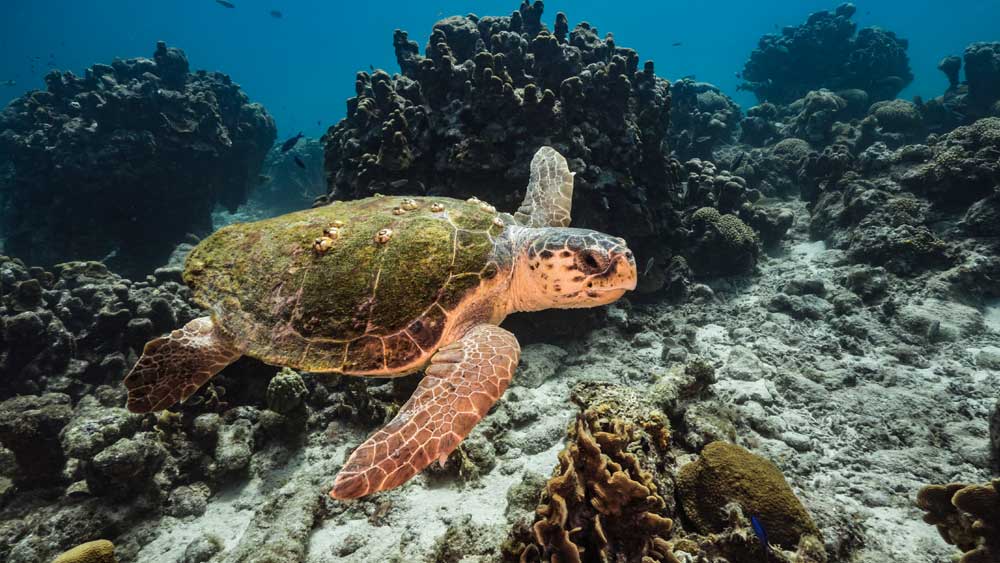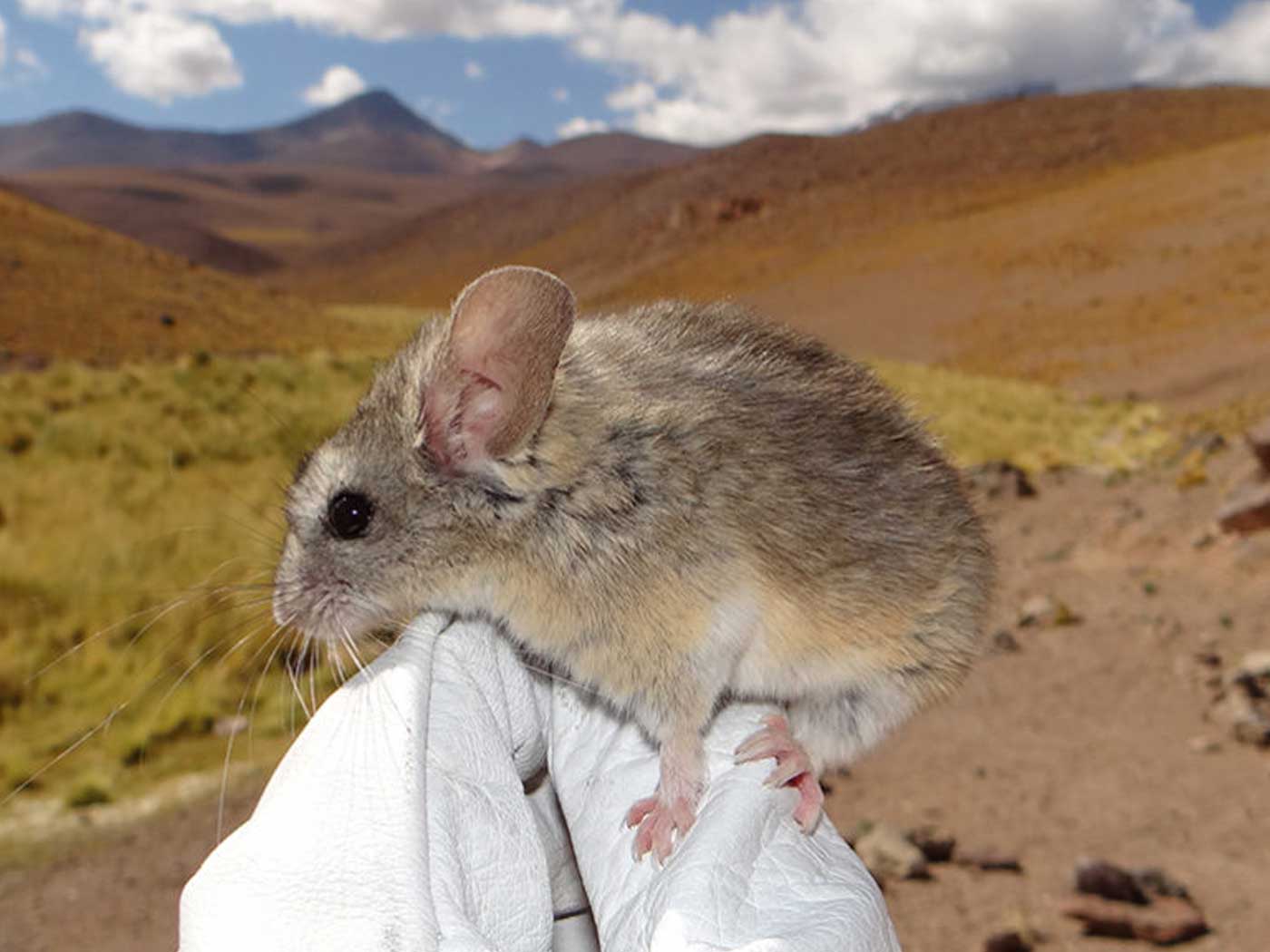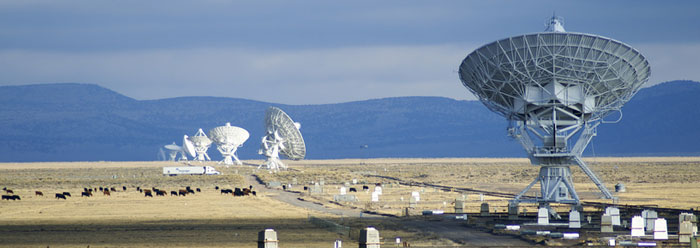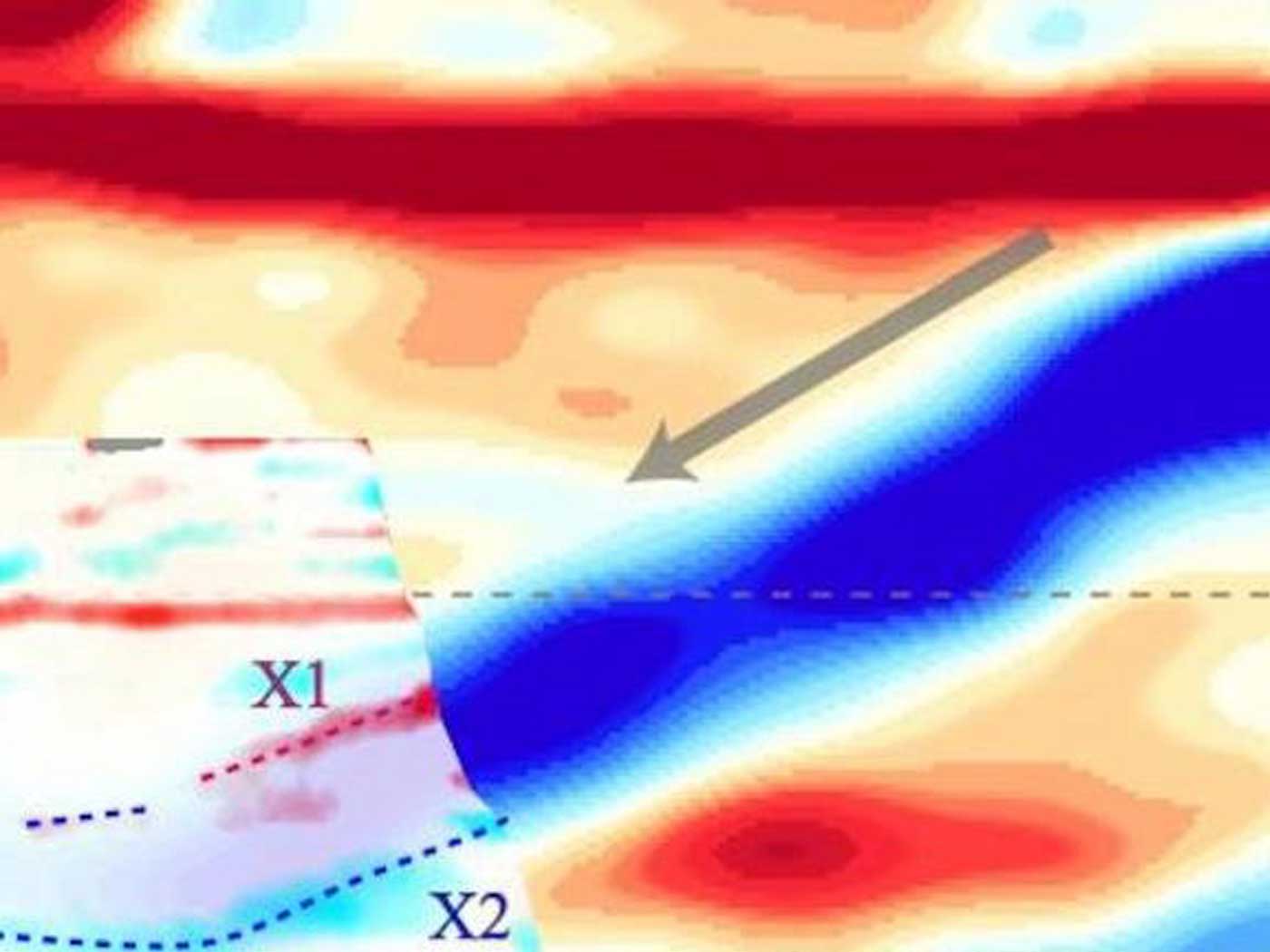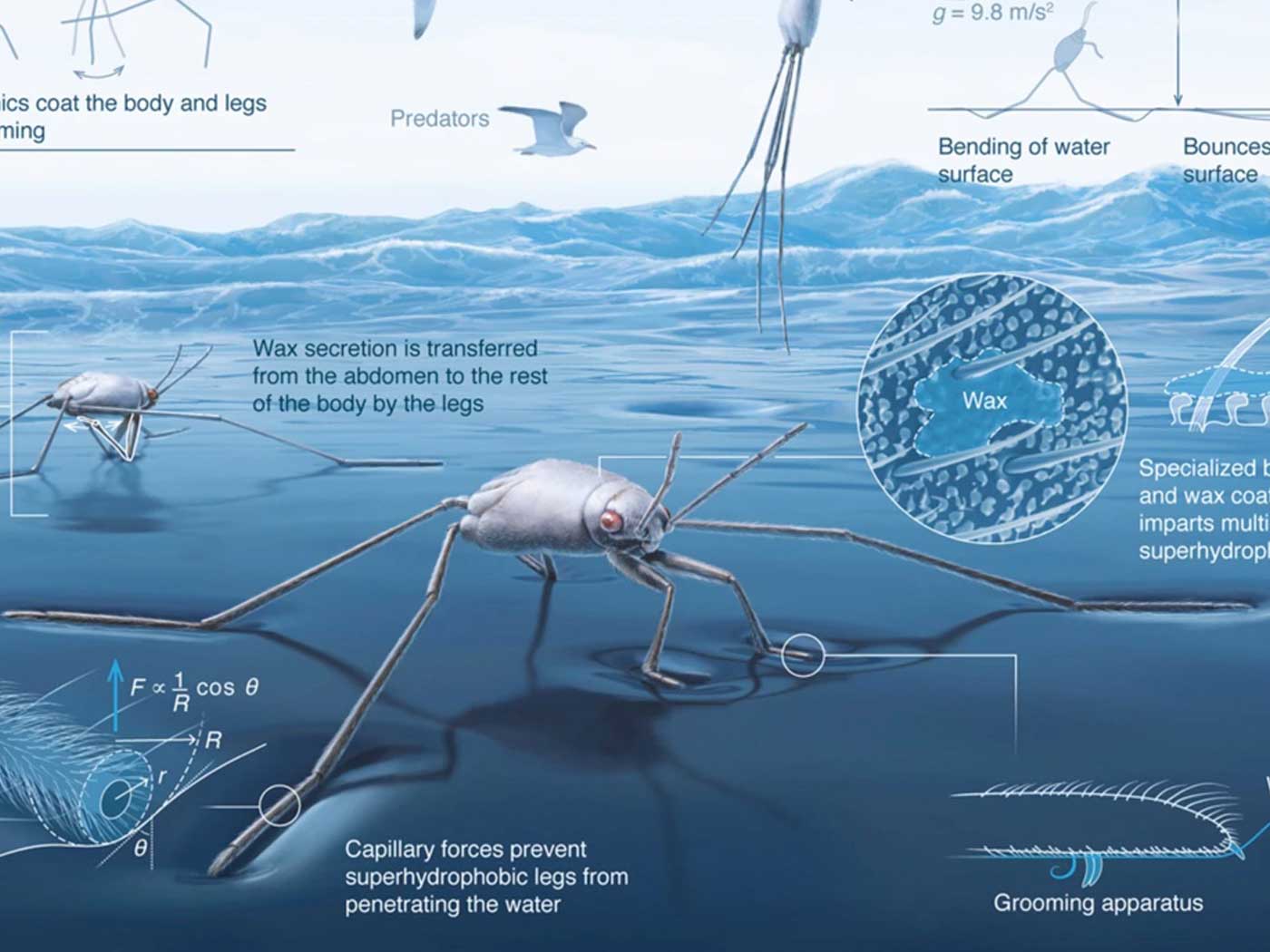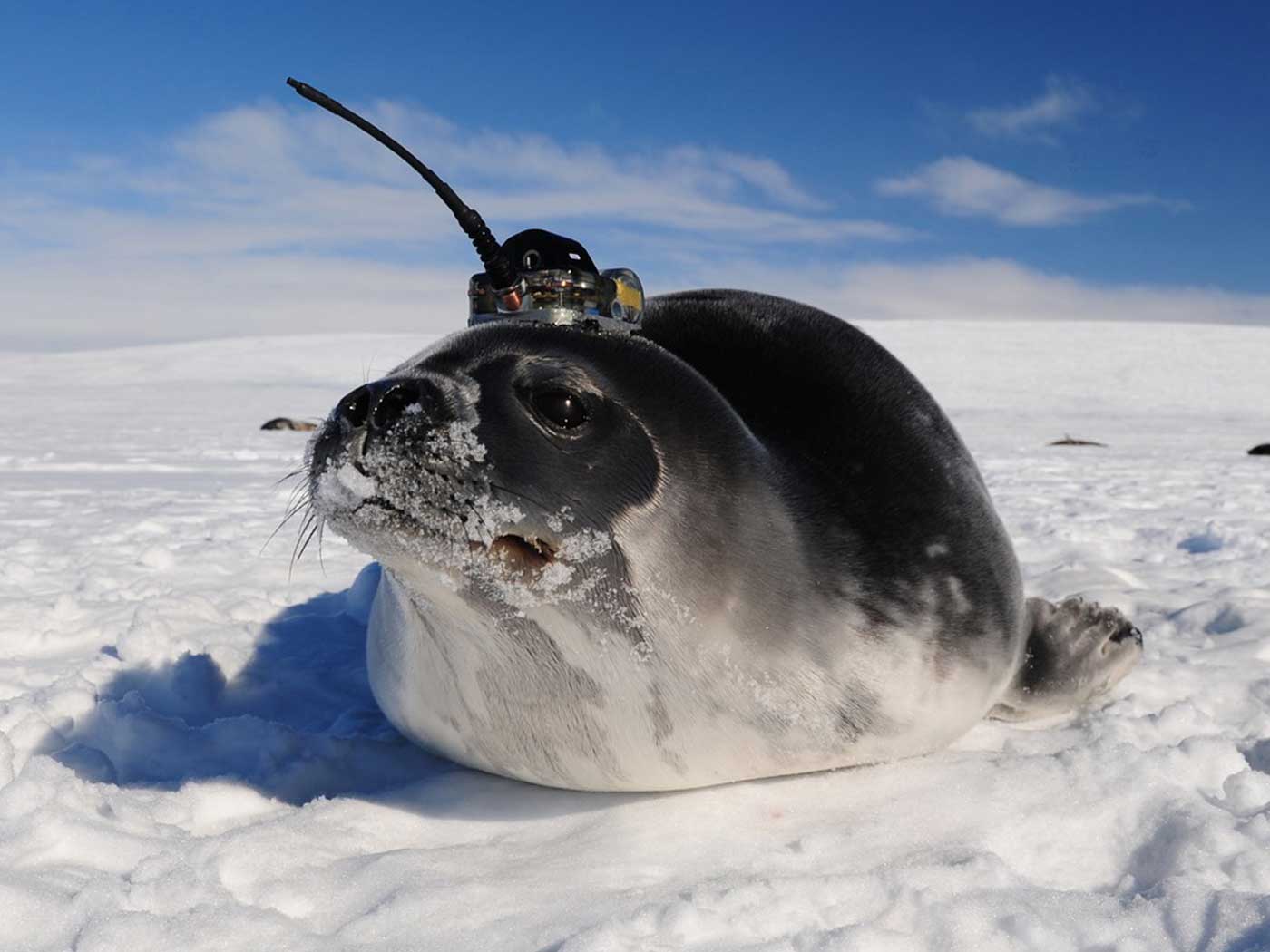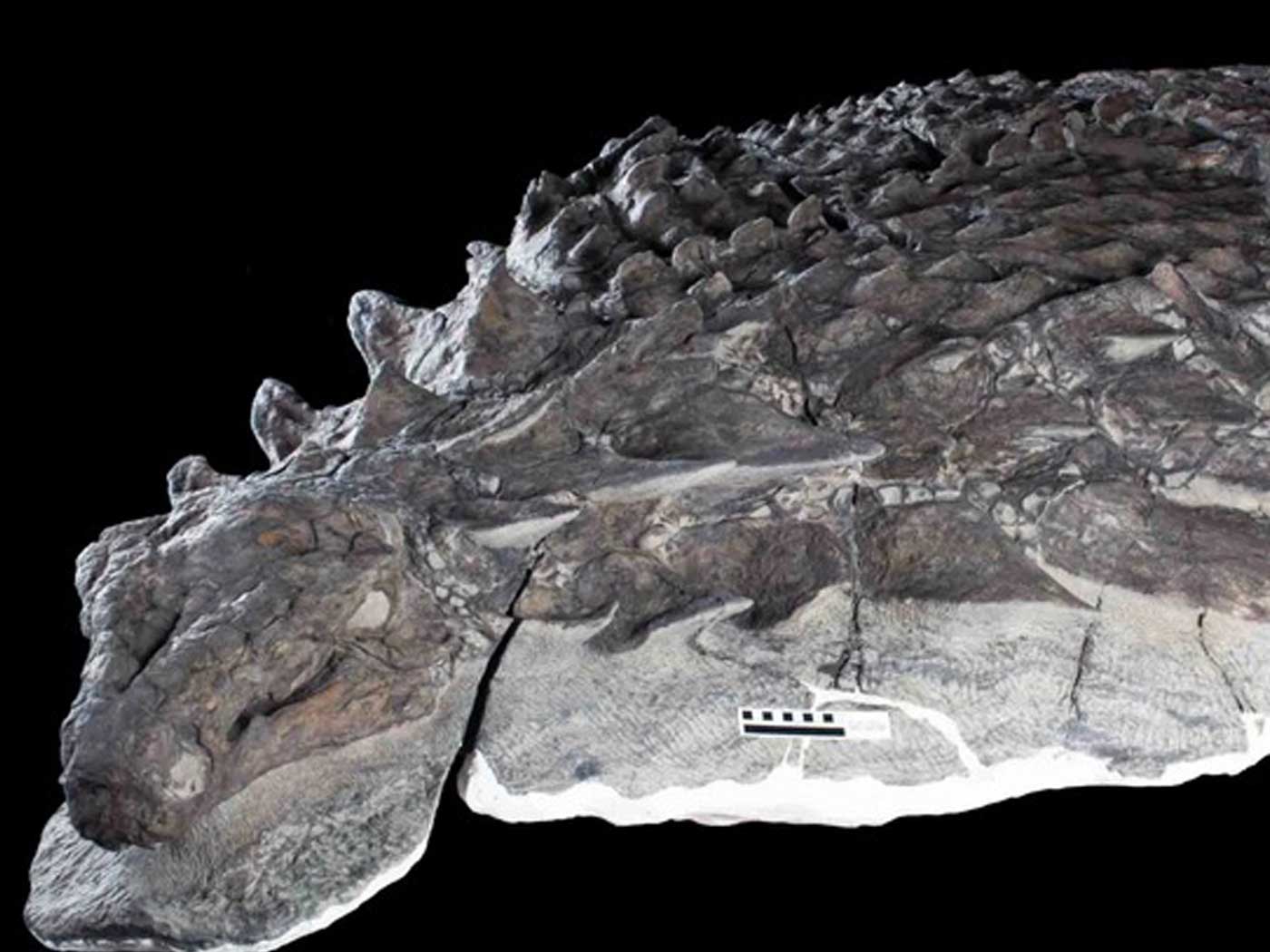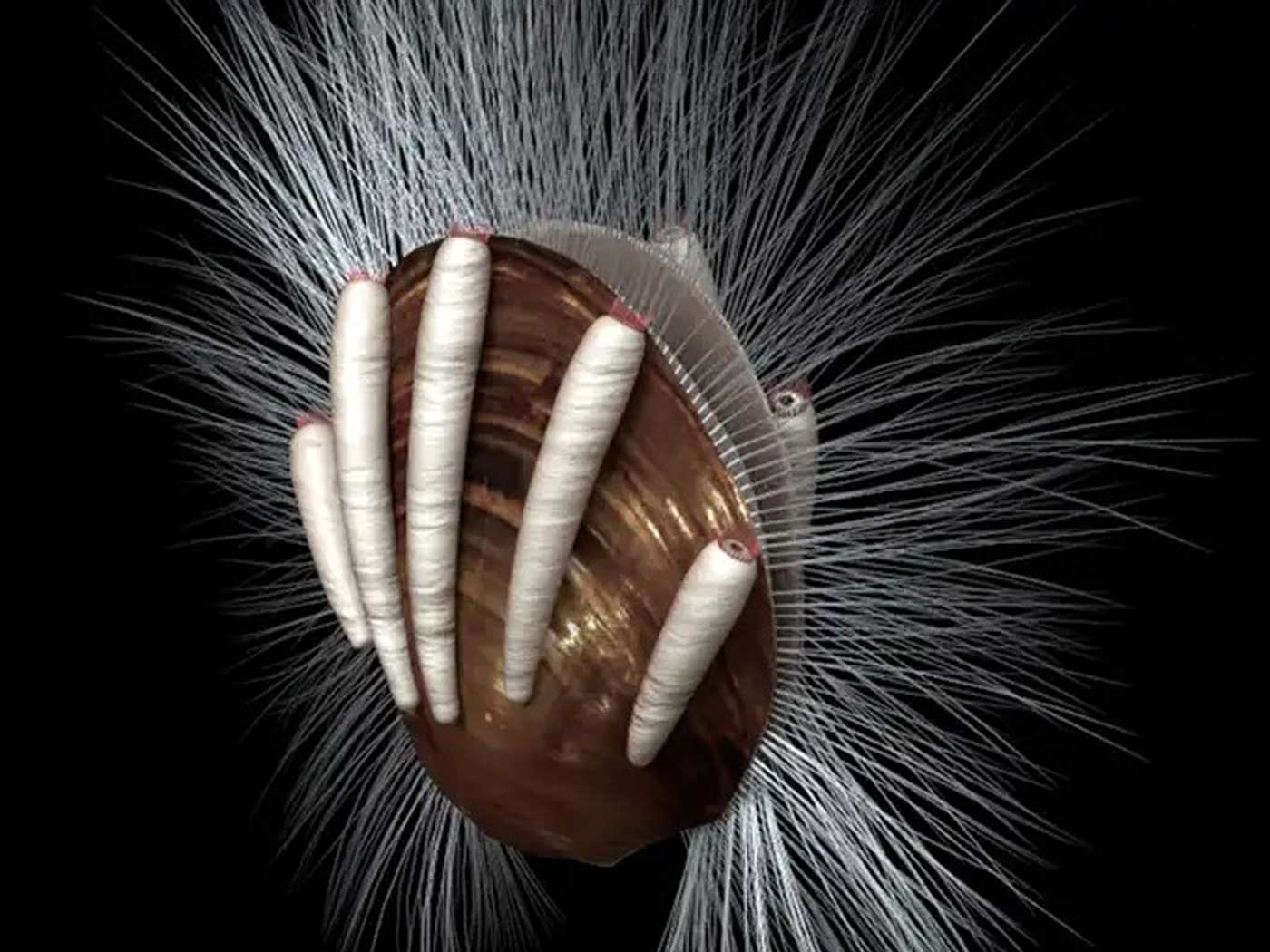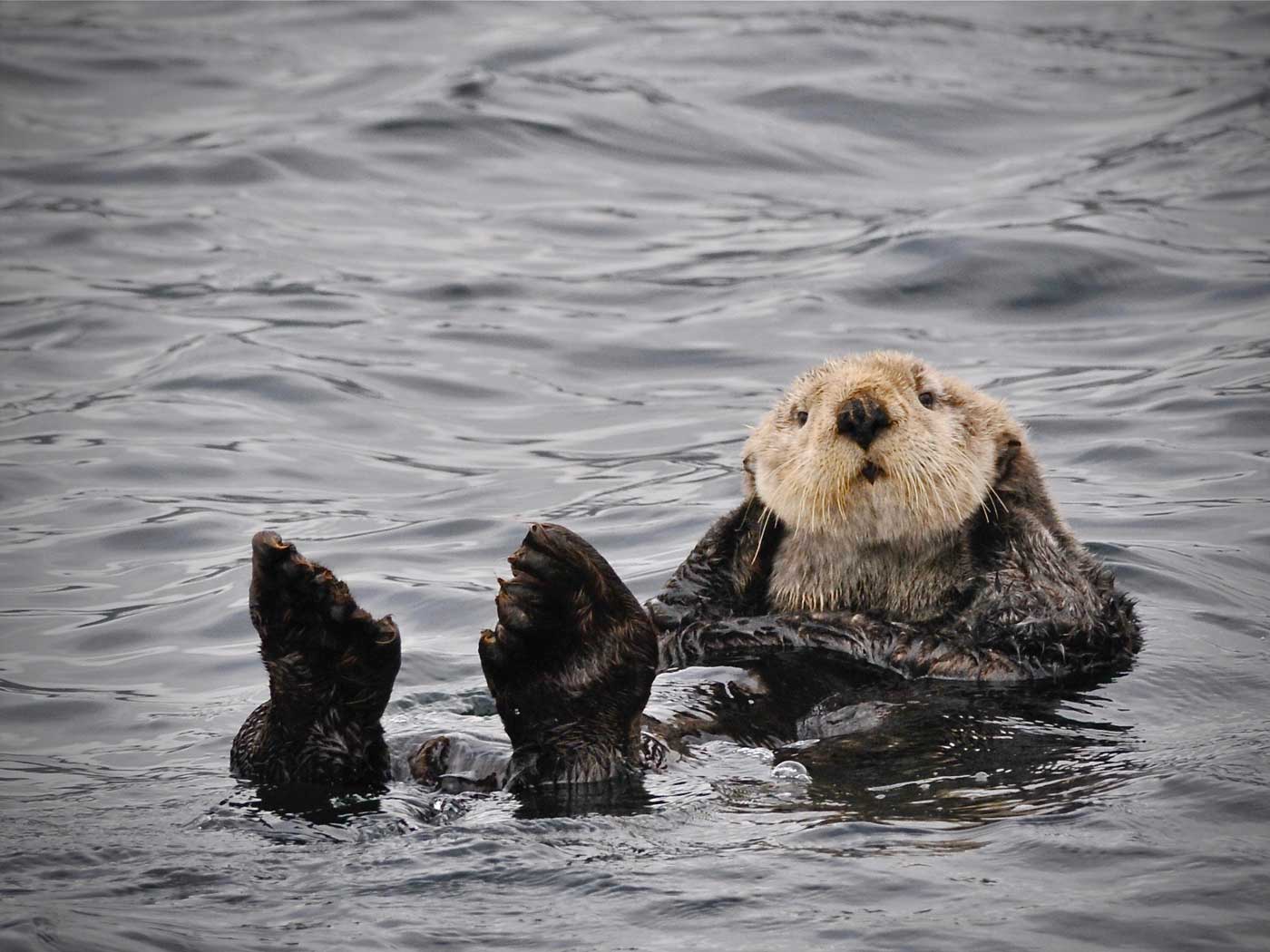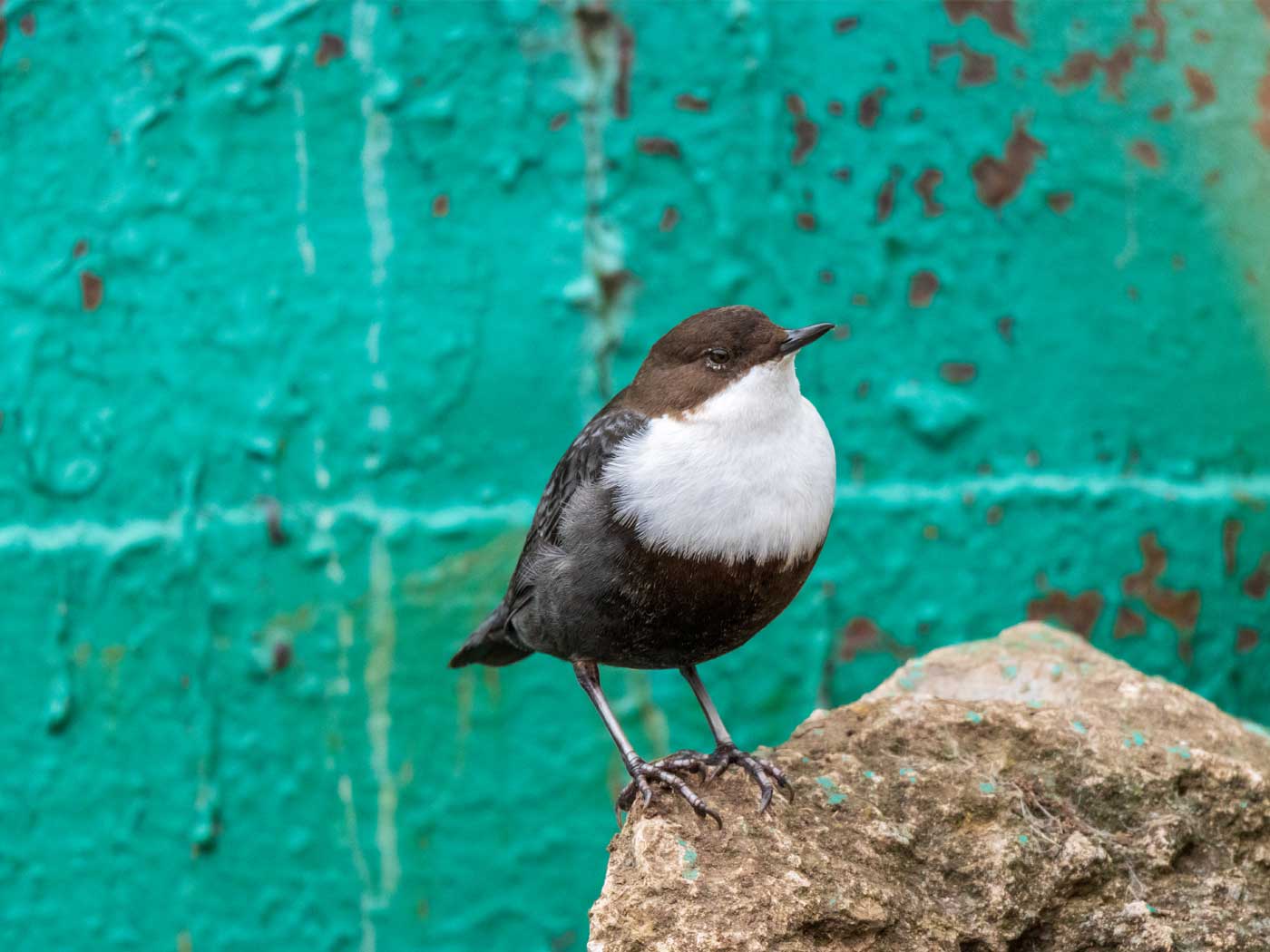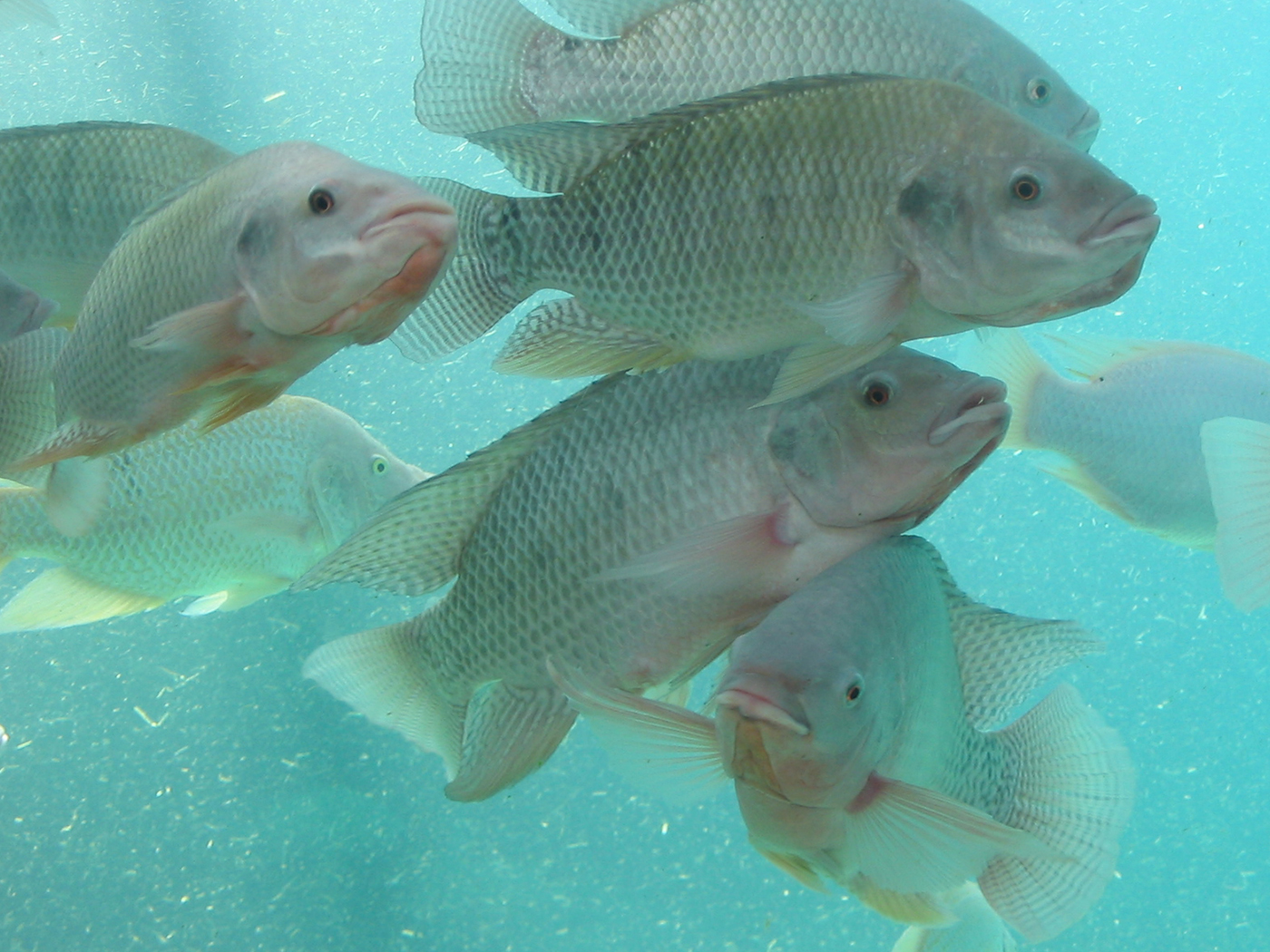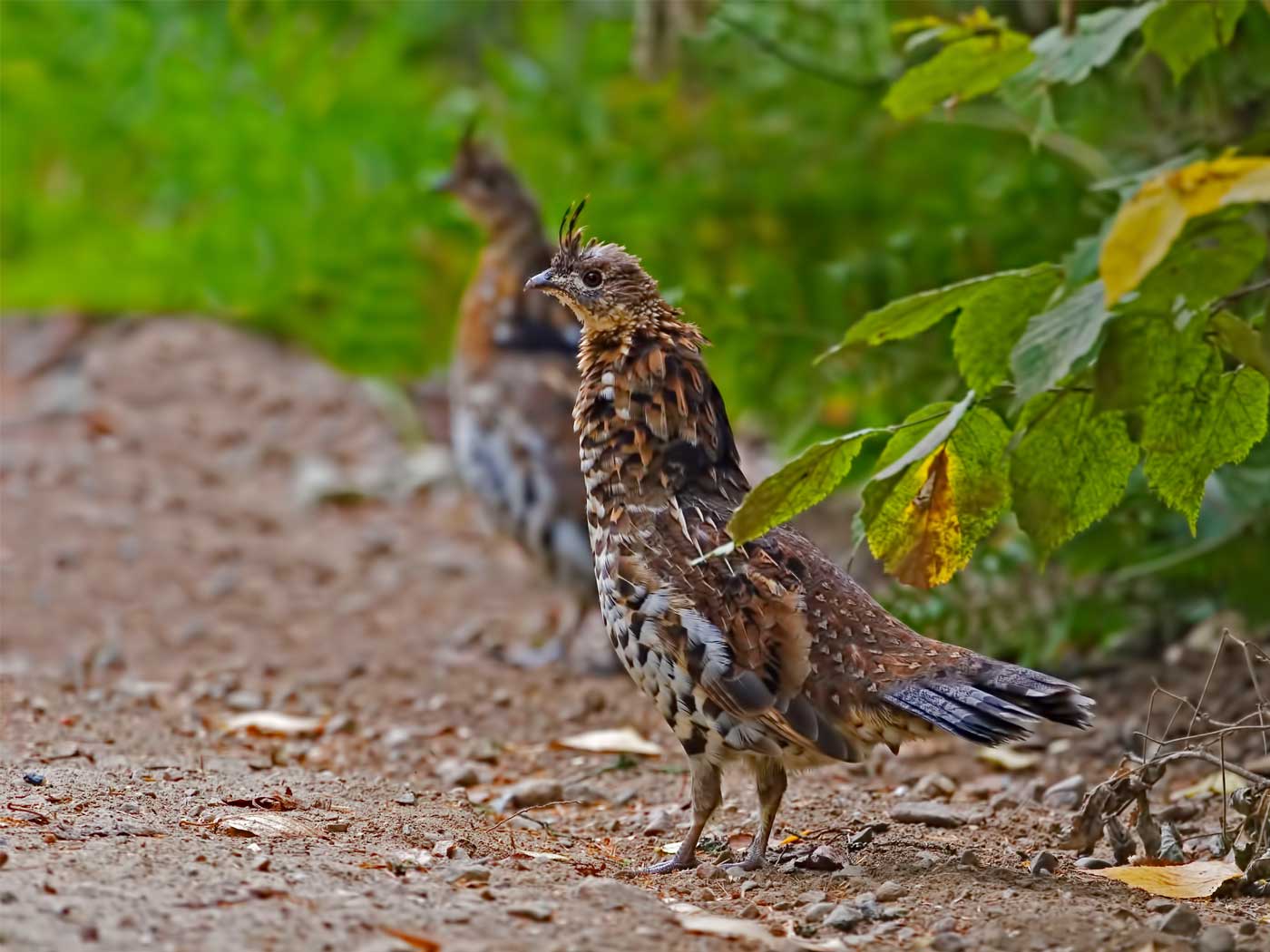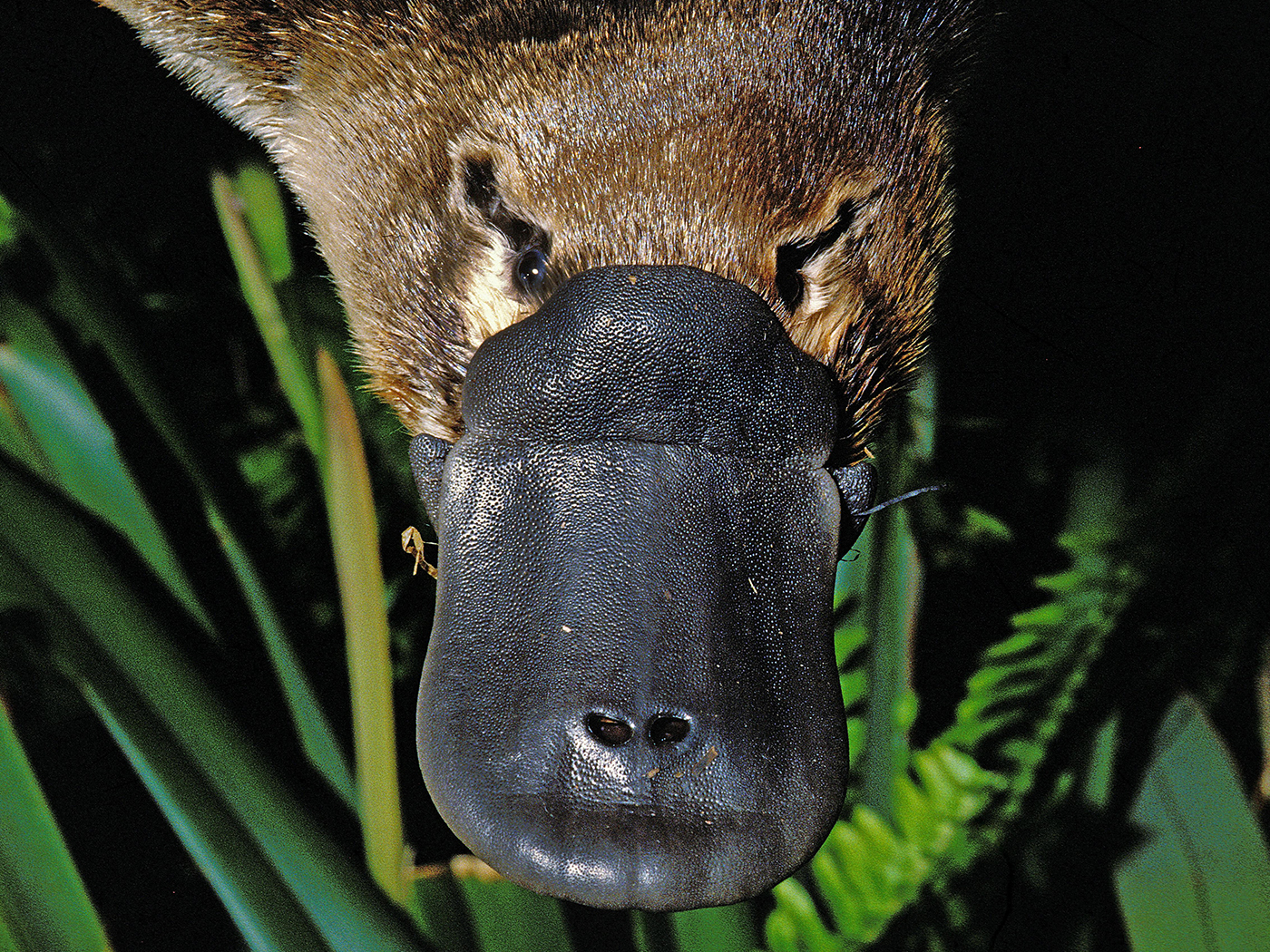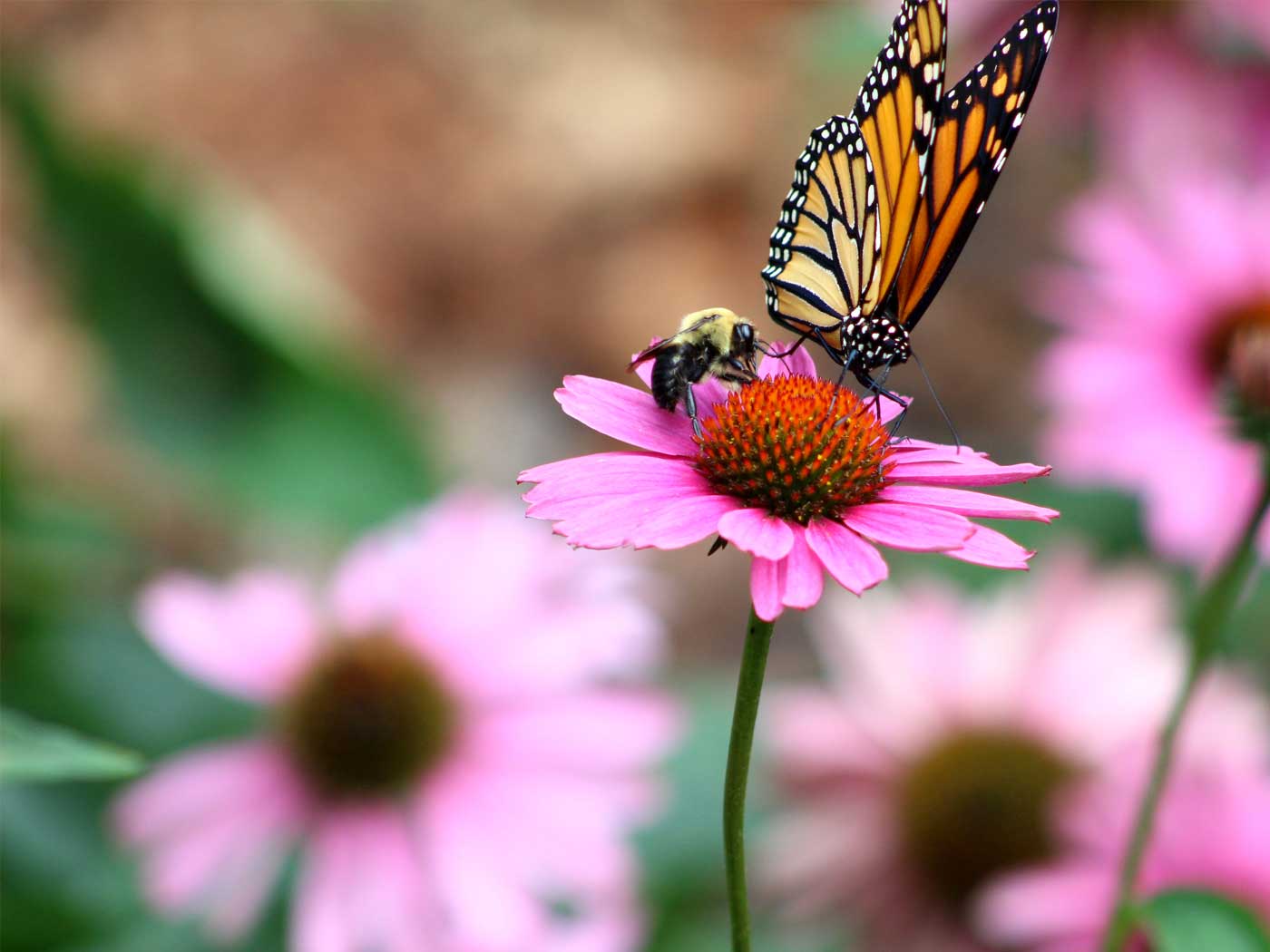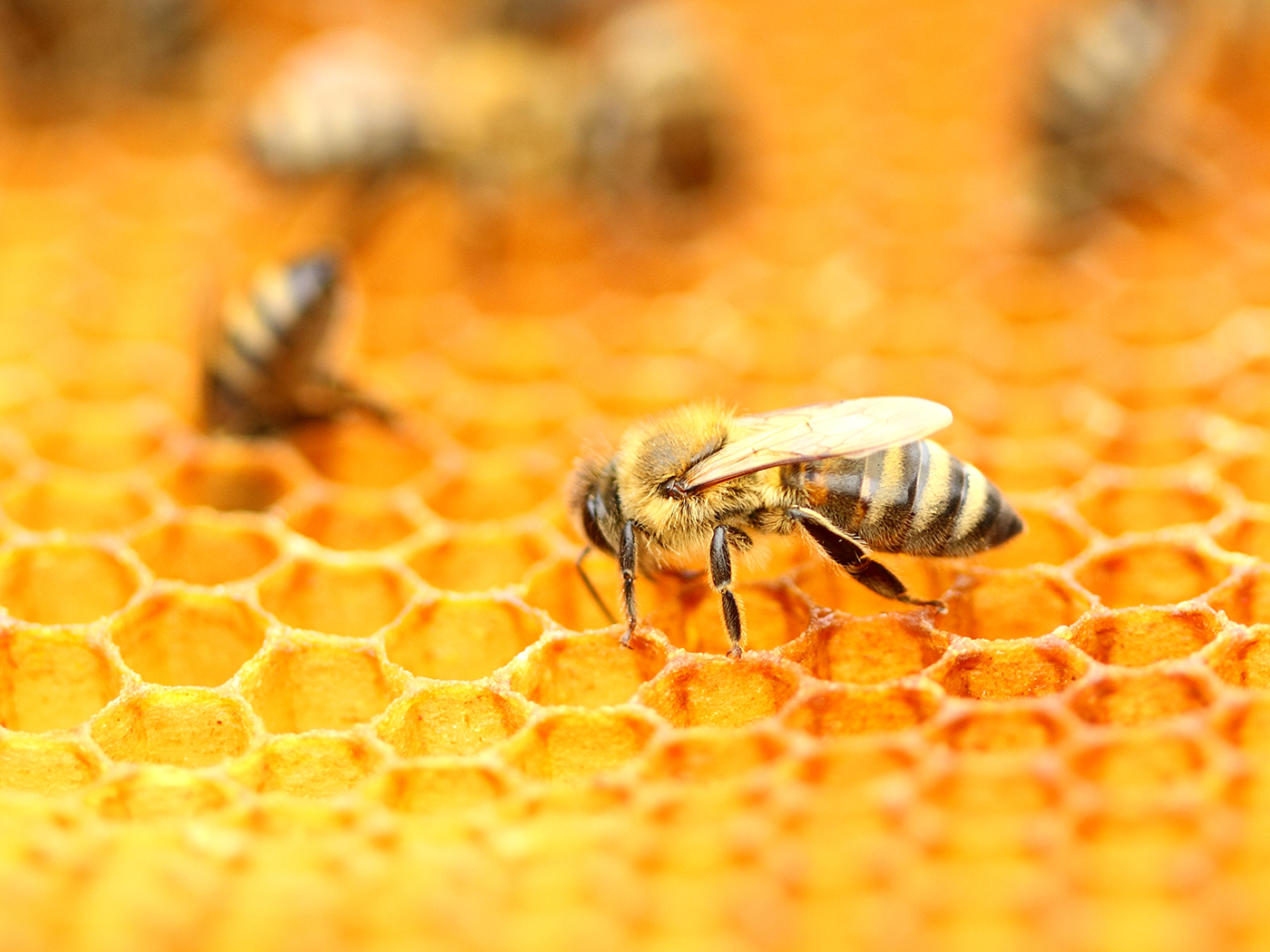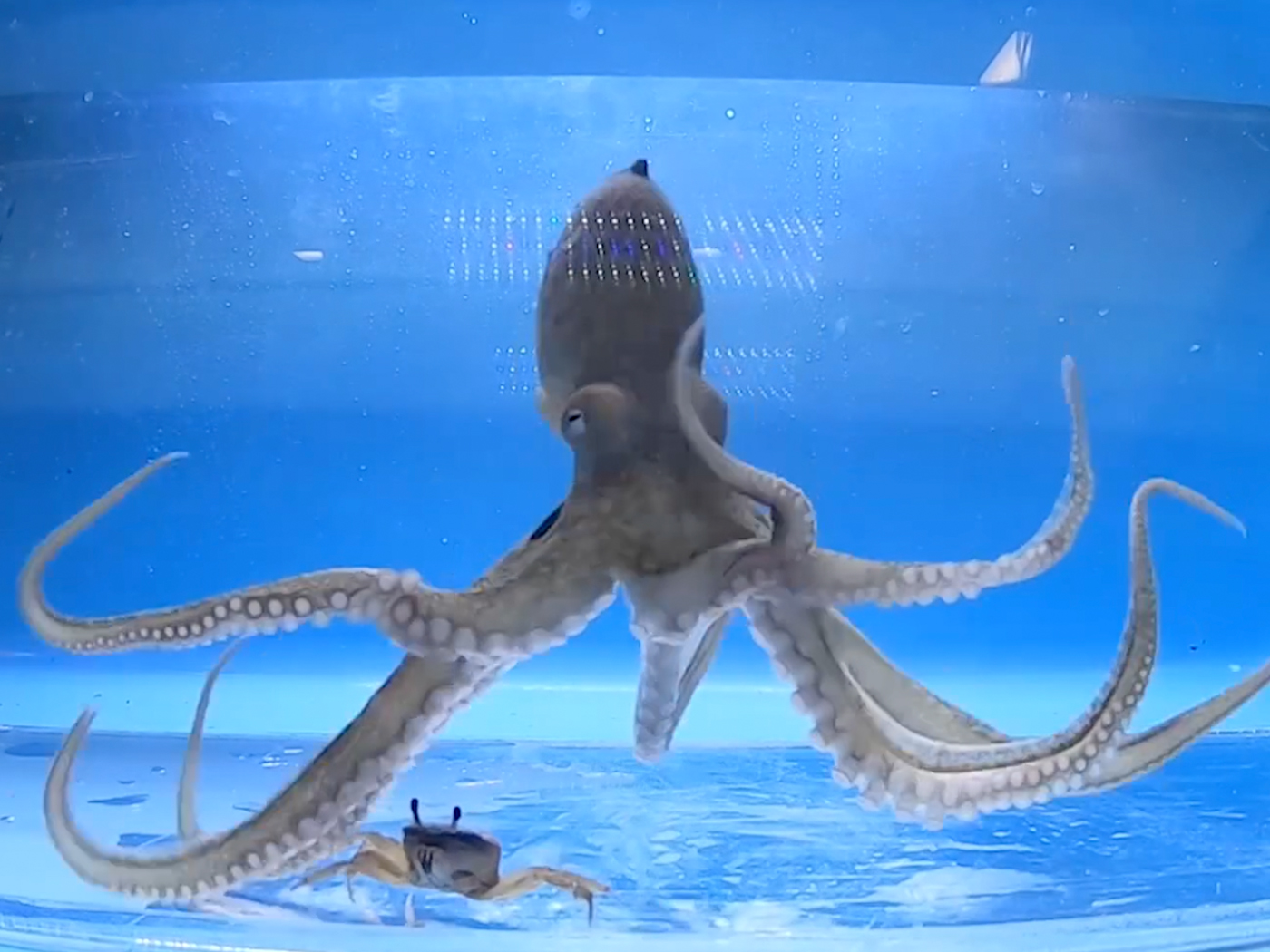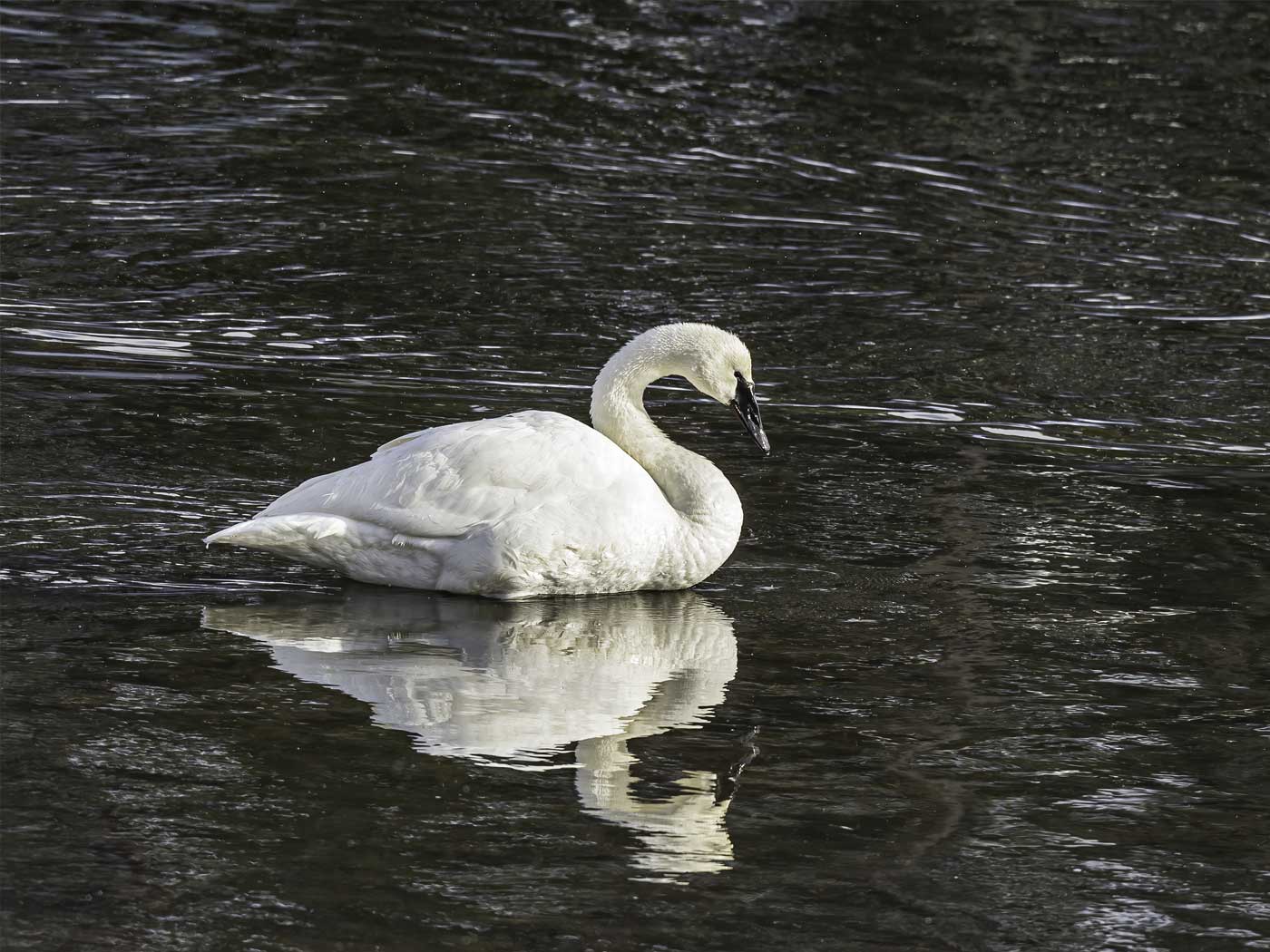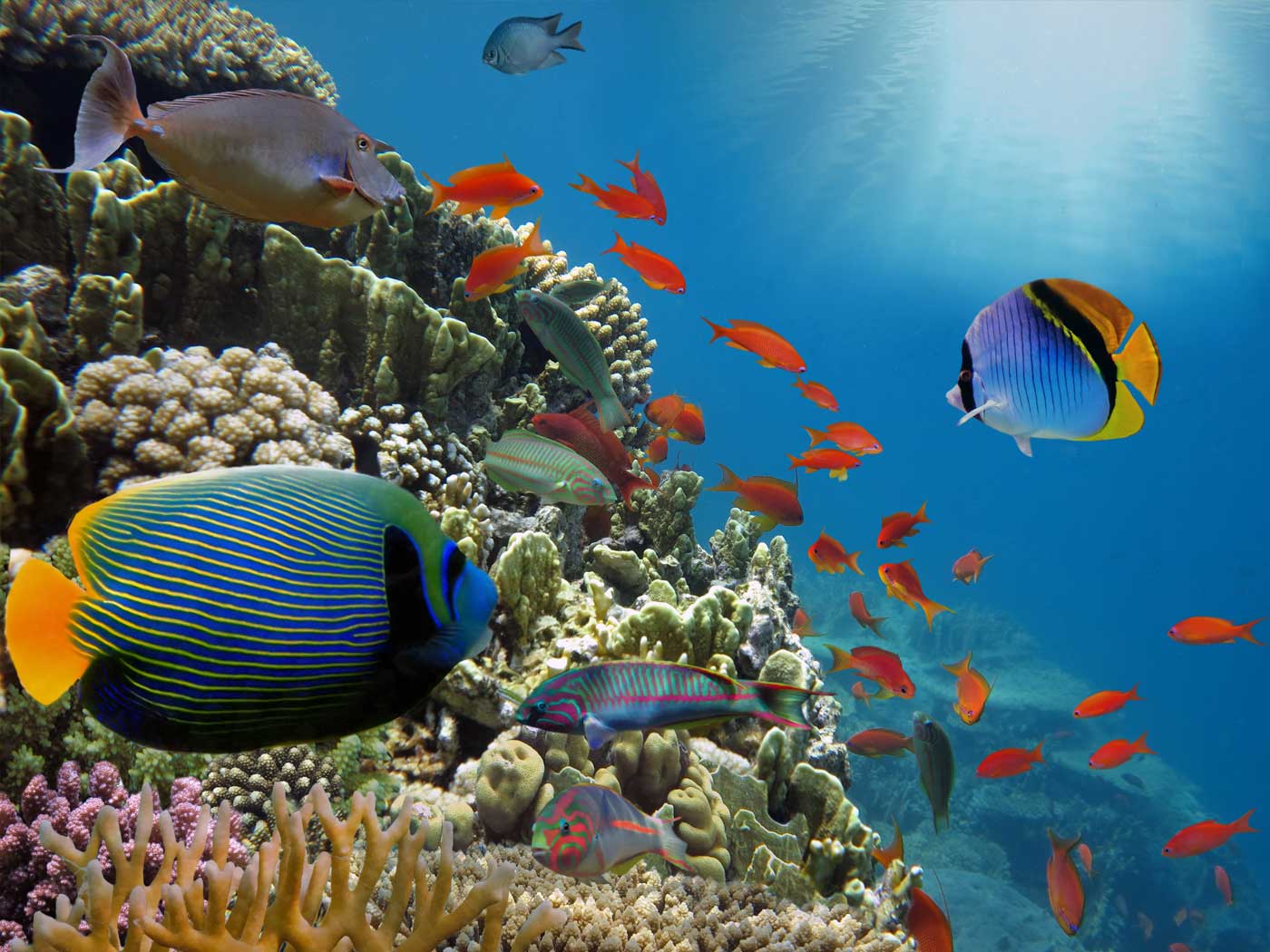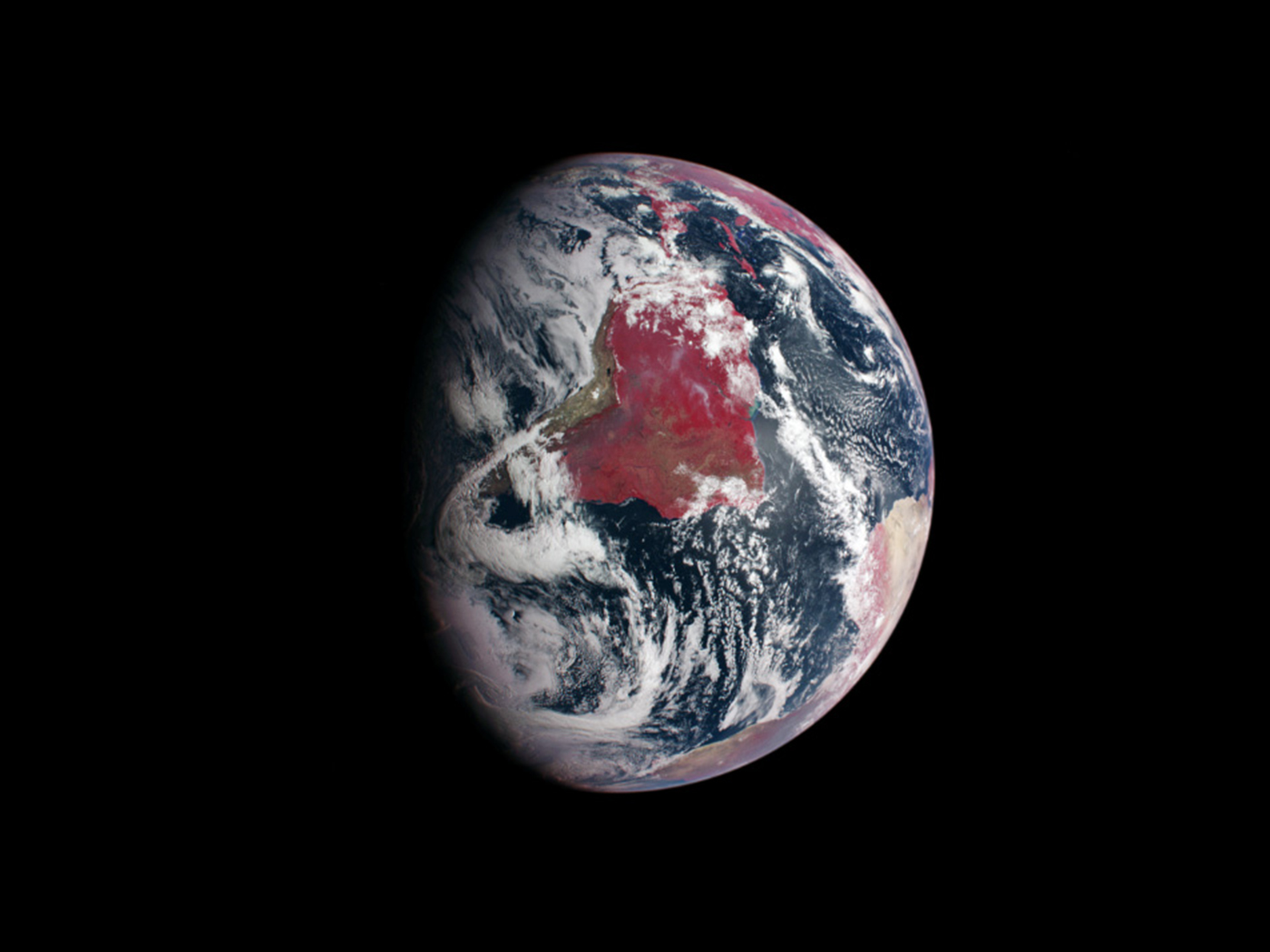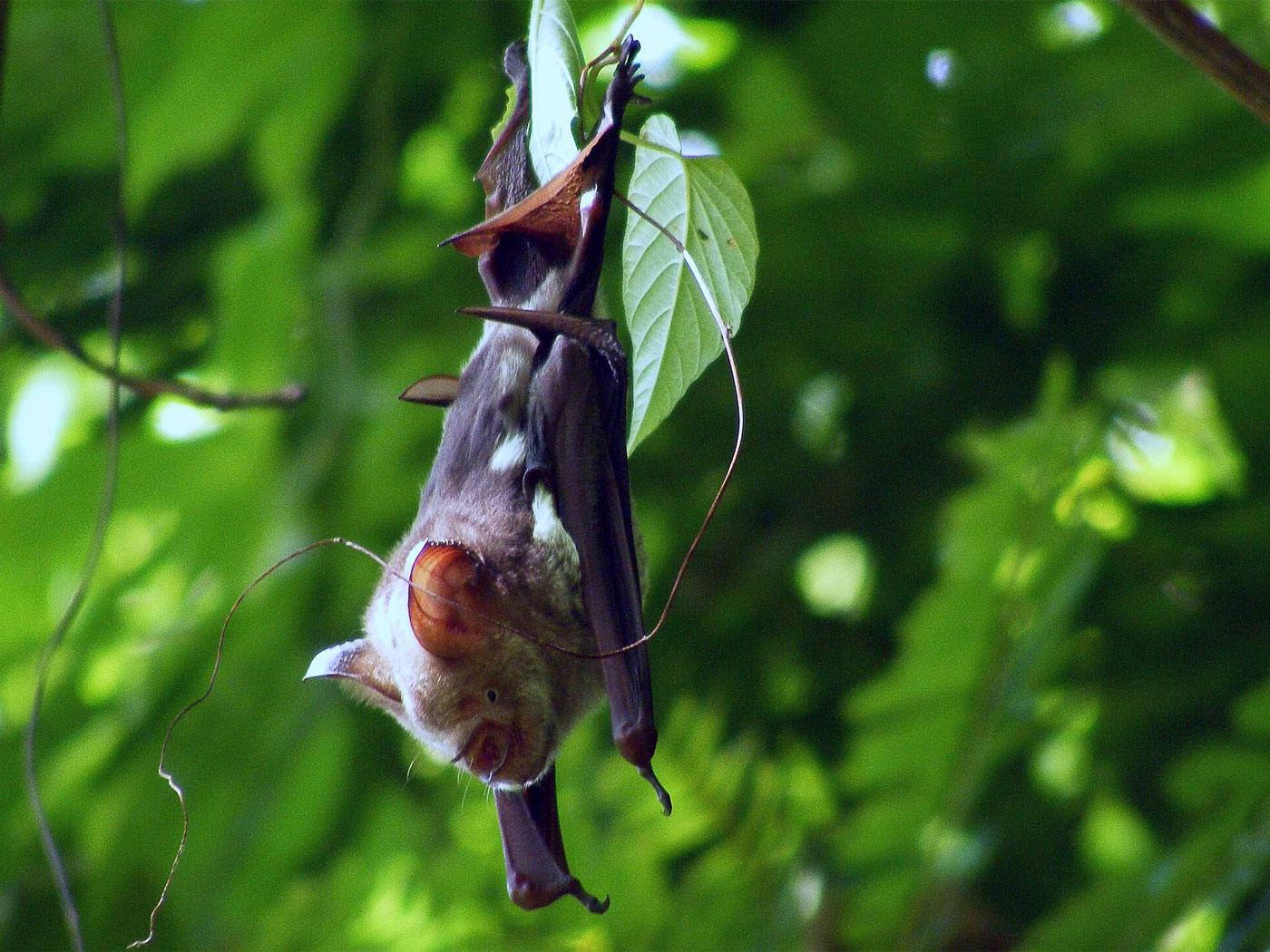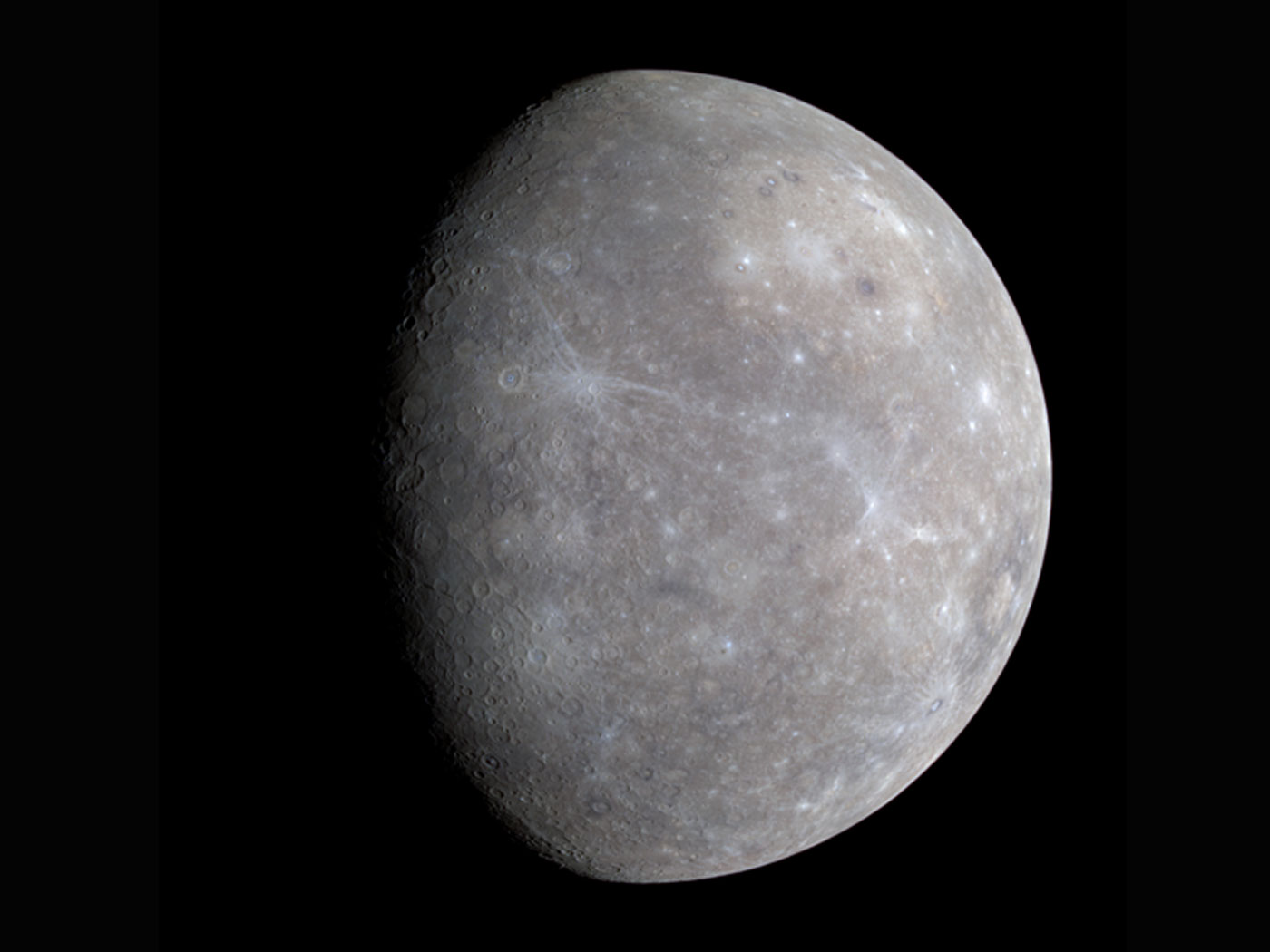An international group of researchers, headed up by Florida State University scientists, discovered more than double the total number of organisms than previously documented living on the shells of loggerhead sea turtles.1 The organismal diversity was determined by sampling a category of tiny creatures called meiofauna, made up of organisms between 1 mm and about 0.032 mm in size.
The researchers performed the study by capturing 24 sea turtles as they came onto the shore to lay their eggs. Then the researchers divided up the turtle shells into a forward, middle, and posterior section to document the different microscopic communities. To collect samples, they first removed barnacle growths, then carefully wiped off the microscopic creatures and recovered thousands of meiofauna organisms. In fact, one of the 24 turtles contained more than 146,000 individual organisms living on its shell. Based on their analysis by shell region, the posterior shell sections closest to the animal’s rear flippers had different meiofauna communities with a larger diversity of species.
Earlier studies of loggerhead turtles had documented fewer than 100 different meiofauna species living on the shells. However, this new project also included the characterization of a type of microscopic worm called a nematode. Previous research had not included nematodes in their analysis of meiofauna communities inhabiting the backs of loggerheads. The inclusion of the nematodes added 111 new meiofauna species to the accumulating list of organismal diversity living on the backs of loggerheads. But this total number will likely increase in the future because there are still other types of meiofauna on loggerhead shells that have yet to be categorized.
The researchers were amazed at the startling results of their efforts. Lead author of the study Jeroen Engels said, "This suggests loggerhead turtles are hotspots for organism abundance and biodiversity," and "We suspect that larger organisms that are able to form structures serve as habitats for microscopic creatures and allow for greater levels of abundance and biodiversity."2 In contrasting these new results with past research, Engels stated,
To find nematodes on loggerhead turtle carapaces is no surprise, but when we compared their numbers and diversity to those from other hard surfaces or even on marine plant life, we realized their carapaces abound with this microscopic life, the extent to which had hardly been documented in the past.2
The seemingly endless diversity of life and the complexity of ecological networks is a direct witness to the infinite creativity and engineering genius of our mighty God who brought forth life on earth as described in Genesis 1. Not only did God create every plant and creature after its kind, but the whole diversity of life had to be put together in a short period of time (six days) just like manmade systems of individual parts like cars or computers are all put together in a short sequence of time for them to be functional.
References
1. Ingels, J. et al. 2020. Meiofauna Life on Loggerhead Sea Turtles-Diversely Structured Abundance and Biodiversity Hotspots That Challenge the Meiofauna Paradox. Diversity. doi:10.3390/d12050203.
2. Wellock, B. 2020. Loggerhead sea turtles host diverse community of miniature organisms. PhysOrg. Posted on Phys.org June 1, 2020, accessed June 1, 2020.
*Dr. Tomkins is Life Sciences Director at the Institute for Creation Research and earned his doctorate in genetics from Clemson University.




